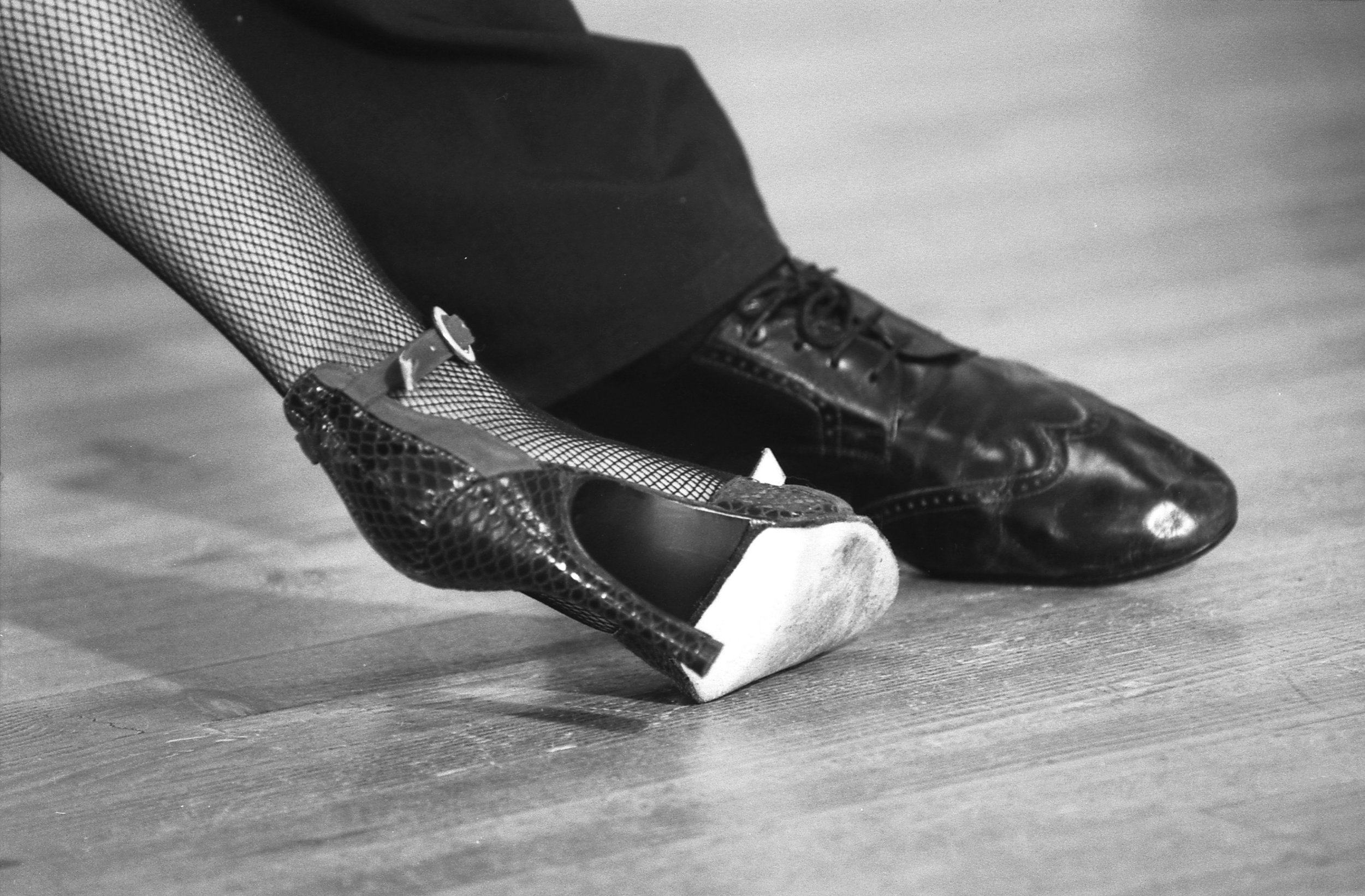“The first word that comes to mind about Los Totis is “classic”. Their distinct style of tango looks like something time-traveled perfectly from the past.
The look, the moves, and the musicality. They are exactly the perfect image of what comes to mind when you think of classic tango (or “old school tango”). A suit, a dress, sharp lines, and movements. Elegant, classy, and flashy all at the same time.
“As a part of Los Totis, it is impossible to separate Virginia from Christian as it is their partnership, coupled with their elegant aesthetic and passion for dancing, that has cemented their names in the tango world. Reaching such a status is hardly surprising as they are both students of renowned tango masters such as Toto Pedro Faraldo, Mingo and Esther Pugliese, and Jorge Raul Bravo.”
Read More



















